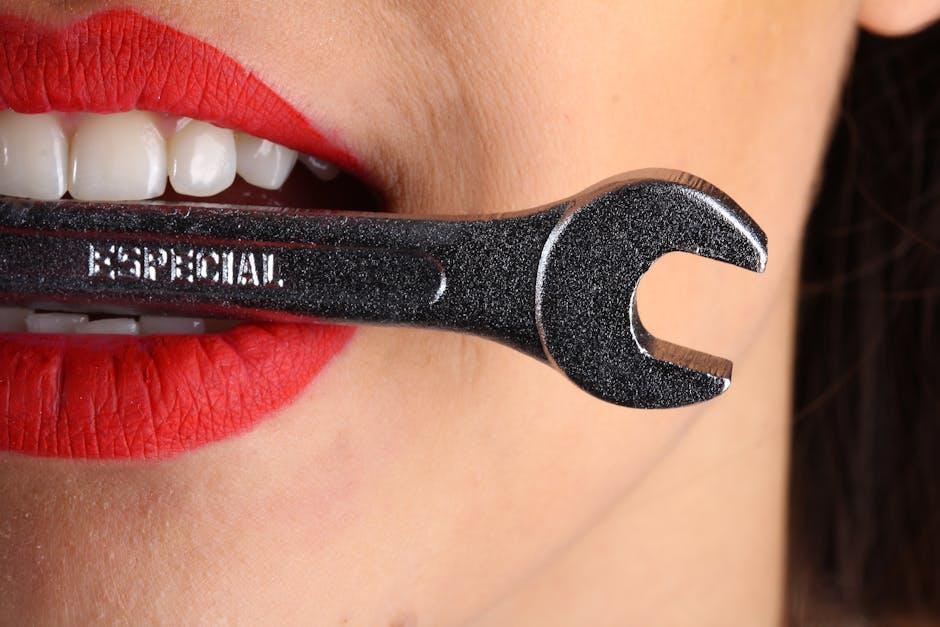
She ‘Bit into a Biscuit and Broke’ Her Tooth: Dental Needs Expected to Increase in Alaska with Medicaid Cuts – KTVF
Oral health incidents, such as the unsettling moment when a person “bit into a biscuit and broke” their tooth, highlight a growing crisis in Alaska’s dental care landscape. As Medicaid funding faces cuts, a surge in dental needs across the state is expected, placing unprecedented strain on residents, medical providers, and public health systems. The story of this simple yet painful mishap opens a window into the broader consequences of reduced access to dental care for vulnerable populations.
Understanding the Impact of Medicaid Cuts on Dental Care in Alaska
Medicaid has long been a crucial lifeline for Alaskans needing affordable healthcare, especially dental treatment. With proposed or implemented cuts to Medicaid services, those who rely heavily on government-assisted dental care may face increased barriers, exacerbating dental health problems across communities.
Why Dental Care Matters
Dental health significantly affects overall well-being. Untreated dental issues can lead to:
- Severe pain and discomfort
- Infections and systemic illnesses
- Difficulty eating and speaking
- Lowered self-esteem and social anxiety
In Alaska, where remote communities contend with limited dental access, Medicaid cuts threaten to deepen these challenges.
The Case of a Broken Tooth: A Real-Life Example
Imagine biting into a simple biscuit and hearing a crunch that wasn’t supposed to be part of the texture. This is exactly what happened to a local Alaskan resident, who discovered her tooth was broken instantly, forcing an urgent dental visit. This personal experience isn’t isolated; with restricted Medicaid coverage, many Alaskans delay or avoid necessary dental treatment until emergencies arise.
What Led to the Broken Tooth?
- Poor dental hygiene due to inaccessible preventive care
- Undiagnosed cavities or tooth decay
- Delayed checkups stemming from cost and coverage limitations
The agony of a broken tooth is aggravated by financial strain, leaving many unsure how to approach dental emergencies without insurance assistance.
Dental Needs Expected to Rise
Healthcare experts and Alaskan authorities warn that dental clinics will see increased demand. This is a consequence of:
- Reduced Medicaid dental coverage
- Higher out-of-pocket costs for patients
- Postponed routine and preventive dental services
- More emergency dental treatments
Statistical Snapshot of Alaska’s Dental Challenges
| Dental Health Indicator | Before Medicaid Cuts | Projection After Cuts |
|---|---|---|
| Number of Medicaid Dental Beneficiaries | ~70,000 | Reduced by 20% |
| Emergency Dental Visits | 12,000 annually | Estimated 30% Increase |
| Preventive Dental Appointments | 45,000 | Projected 25% Decrease |
Practical Tips to Protect Your Dental Health Amid Medicaid Changes
While systemic changes take shape at the policy level, individuals can take proactive steps to maintain oral health and prevent emergencies.
- Practice Rigorous Oral Hygiene: Brush twice a day with fluoride toothpaste and floss daily.
- Choose Tooth-Friendly Foods: Limit sugary and acidic snacks that promote decay.
- Regular Self Exams: Monitor your teeth and gums for signs of decay, cracks, or sensitivity.
- Seek Dental Advice Early: Don’t wait for pain—look for free or low-cost dental clinics available in your area.
- Understand Your Coverage: Stay informed about what dental services your Medicaid plan still covers and when.
- Community Resources: Explore local community health organizations that help with dental care services outside Medicaid.
Benefits of Early Dental Intervention
Proactively managing oral health provides several notable benefits, including:
- Lower Treatment Costs: Preventive care is more affordable than emergency procedures.
- Reduced Pain and Complications: Early treatment stops minor issues from becoming severe.
- Improved Overall Wellness: Healthy teeth contribute to better nutrition and confidence.
First-Hand Experience: Voices from Alaska Communities
Residents in rural and urban Alaska alike share their struggles:
“When I cracked my tooth eating breakfast, I didn’t know where to turn. Without dental Medicaid, I had to choose between fixing my tooth and paying rent.” – Sarah, Anchorage
“Our community clinic’s waiting list has grown. I worry about my kids not getting cleanings soon enough.” – Michael, Nome
These testimonies underscore the human side of the Medicaid dental cuts, emphasizing the urgent need for solutions.
What Can Policymakers Do?
To mitigate the growing dental care crisis, experts suggest:
- Restoring or protecting Medicaid dental benefits for low-income patients
- Expanding funding for community dental health programs in remote areas
- Incentivizing dental providers to serve Medicaid populations
- Improving education on preventive dental care statewide
Conclusion
The incident of a resident who “bit into a biscuit and broke” her tooth is a stark reminder of how fragile and neglected dental health can be, particularly when systemic supports like Medicaid are reduced. As dental needs in Alaska rise due to Medicaid cuts, many Alaskans face harder choices surrounding dental care — often with painful consequences. By understanding the risks, adopting preventive habits, and advocating for improved health policies, individuals and communities can help navigate this challenging time. Maintaining oral health is vital not only for comfort and function but also for preserving overall quality of life in Alaska’s unique healthcare landscape.


